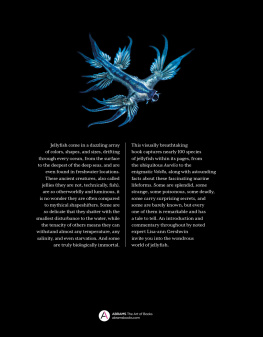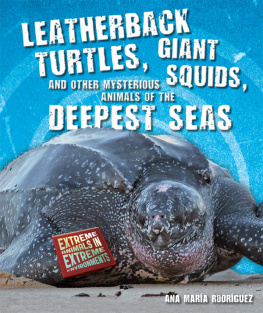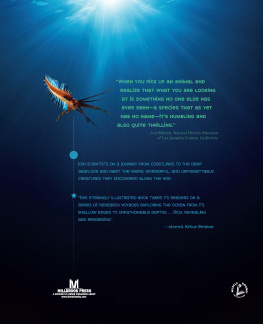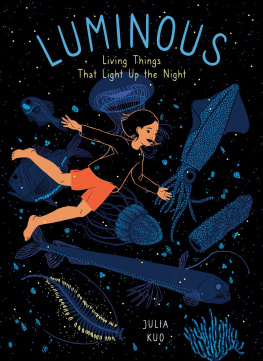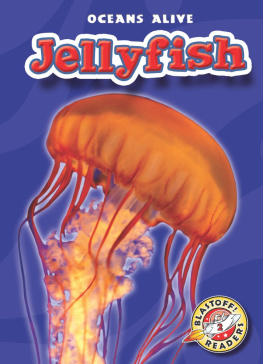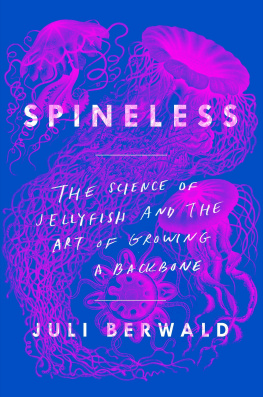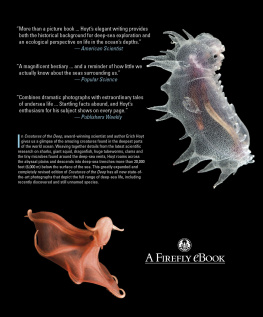Contents
Guide
Page List
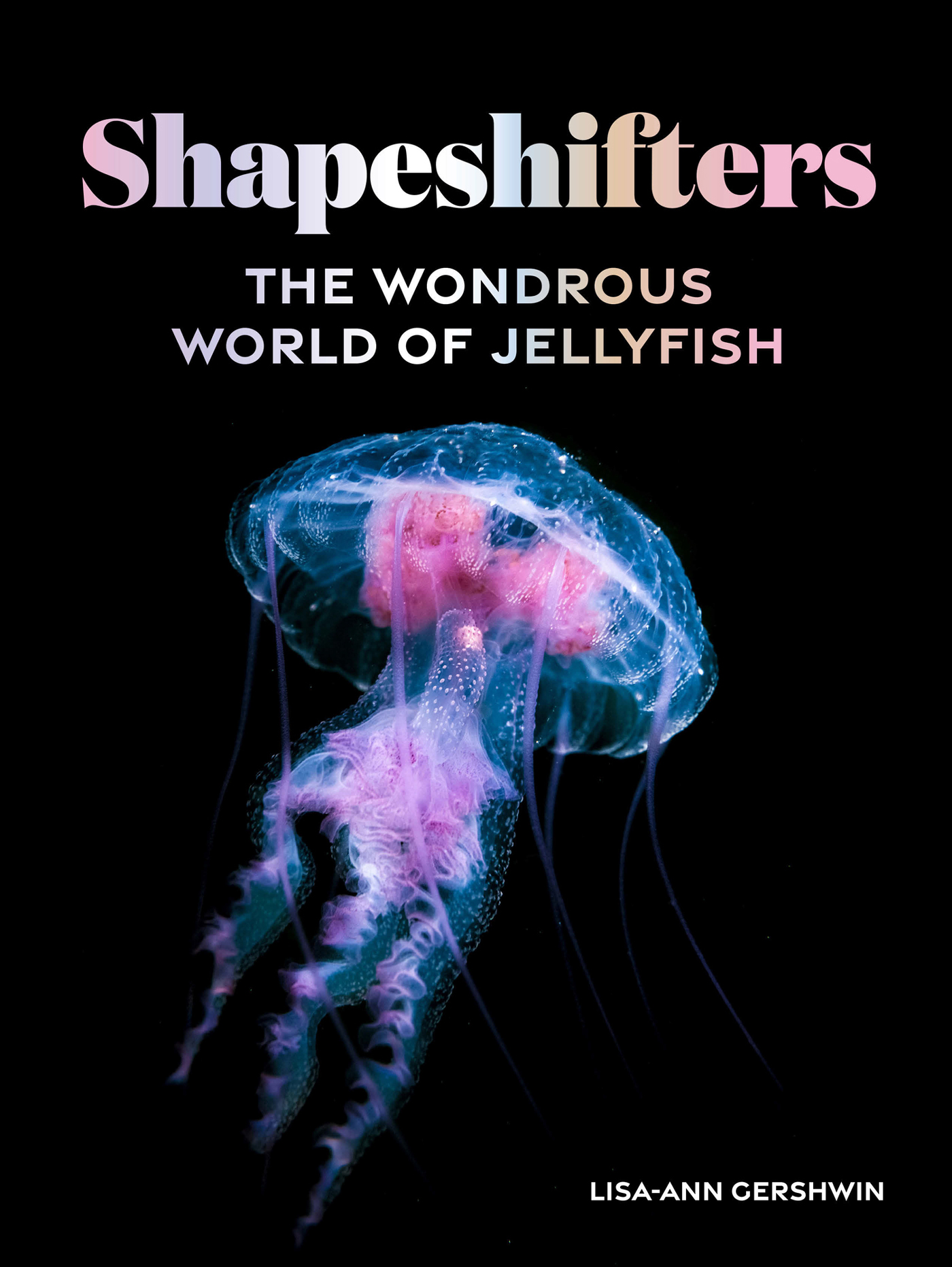
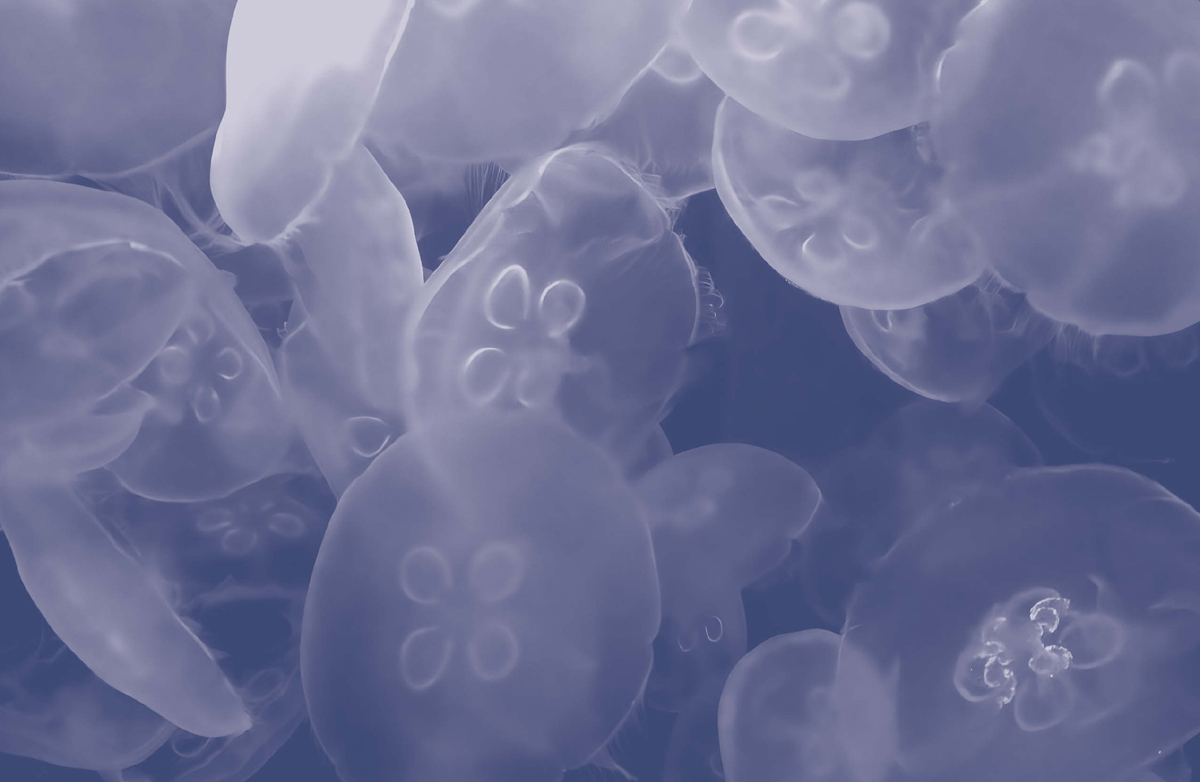
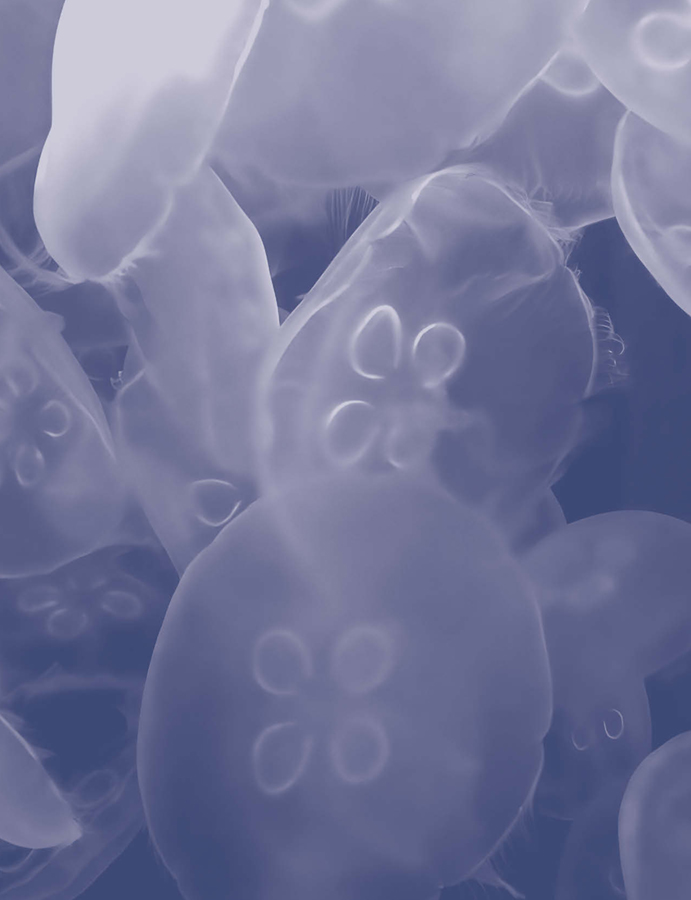


INTRODUCTION Thriving Living Fossils
Jellyfish, jellies, medusae, quallen, and agua malaregardless of what you call them, they instill fear and wonder in humans. They are slimy, cold, wet, and jiggly, lacking a brain or a heart or any sort of remorse when they sting us. Indeed, the worlds most venomous animal is a jellyfishthis creature doesnt just sting; it kills its victims in as little as two minutes. The pain can be so intense that some say death would come as a relief.
Jellyfish, however, are as beguiling as they are dangerous. They are found in a dazzling array of colors, shapes, and sizes. They are distributed from the North Pole to the South Pole, from the surface to the deepest of the deep seas, and even in freshwater. Some are so delicate they shatter with the smallest disturbance to the water, while others are so appallingly tenacious they can withstand almost any temperature or salinity, starvation, or even being chopped into bits. Some are biologically immortal.
Academic and amateur study of natural history has been dominated by charismatic megafauna, that is, creatures with fur and feathers, plus frogs. Jellyfish have been virtually ignored for hundreds of years. However, they are now enjoying something of a renaissance. This, one might argue, is because jellyfish have become so bothersome that they are demanding our attention.
Increasingly, many people are noticing larger blooms of jellyfish in areas impacted by humans. Overfishing, pollution, climate change, and many other types of disturbance to coastal habitats are stimulating some species of jellyfish to bloom into super-abundances, where they wreak unimaginable havoc. Industries from aquaculture to power plants, from shipping, to tourism the world over are cursing the losses they incur because of jellyfish.

But while some are shaking their fists in anger, others are smiling all the way to the bank. Jellyfish are now being commercially harvested and used in a range of products, including thickeners for caramel candies, fat-free substitutes in baked goods, potato-chip-like snacks, a super-growth fertilizer for rice, super-absorbent paper towels and sanitary products, and as a delicacy in many Asian cuisines.
With this attention on jellyfish problems and opportunities, their fascinating biology and ecology are receiving more interest too. People want to understand these mysterious alien beings. One of their least-told secrets is how these living fossils have survived more than half a billion years of Earths ever-changing history. Millions of other species have evolved and become extinct, some have grown legs or bones or feathers, or walked on land or learned to fly, but jellyfish havent changed. They havent needed to. What they do, and how they do it, works. They are so adaptable and so perfectly suited to changing environments they have outlived 99 percent of the species that have ever existed. And still they thrive.
In the pages that follow, we take a deep dive into the wondrous world of jellyfish, to explore these timeless organisms that are beautiful and deadly in equal measure. Some splendid, some strange, some poisonous, some with surprising secrets, and some barely known, but all amazing in their own way.

The cinematic theme of beauty and beast has played out in many fables. Typically, the fair maiden is repulsed by the monster, but eventually comes to see its gentler side. Jellyfish embody both sides of this duality, being simultaneously fair maiden and monster, mesmerizingly beautiful and yet frighteningly dangerous.
When most people think of jellyfish, they associate these creatures with pain and poison. For those who look past their monstrous side, however, jellyfish present a never-ending supply of delight and amazement.
In this chapter, we look at some of the worlds most venomous animals. In some cases, this provides fodder for our darkest nightmares. And, as we will see in the next chapter, this isnt the only monstrous effect of jellyfish. All jellyfish, like their brethren the corals, sea anemones, and sea fans, deliver their sting through minute hollow harpoons. Its like being jabbed with thousands of tiny, venom-filled hypodermic needles all at once.
Nematocysts, or stinging cells, are wondrous weapons. They consist of a very long thread and barb coiled up inside a microscopic capsule that has a hair trigger (known as a cnidocil) at one end. Nematocysts are arranged along the tentacles and body of the jellyfish with the hair trigger pointing outward. So, if you brush against a jellyfish, then, wham!the sting is automatic and instant. It fires at a force of 40,000 Gsthats 40,000 times the force of gravity, or about half the acceleration force of a bullet fired from a gun making it the fastest process known in the animal kingdom.
The venom of some jellyfish species enters the body through the tip of the harpoon, while in others it may flood through many pores along the thread. Regardless, the nematocyst has but one purpose: to poison and repulse predators, prey, and threats of any kind.
Intriguingly, all jellyfish sting... except one, the lagoon jellyfish (Mastigias papua, see ). This jellyfish is believed to have lost the ability to sting because of its unique predator-less and prey-less lifestyle. The stings of other species of jellyfish do not cause pain because either the venom is too weak, or the threads are too short to penetrate deep into the skin. Many species, however, cause painful welts or itchy rashes. Some, most notably the box jelly, Irukandji, and Portuguese man-of-war, have proven lethal. Scientists ponder why these are so venomous. Certainly, soft-bodied jellyfish need to quickly neutralize their thrashing, hard-bodied fishy or crabby prey. But in many cases, this is overkill. Most curious of all are the Irukandji, the sting of which produces a delayed constellation of debilitating symptoms. This delay appears to make no sense ecologically; its just one of the many mysteries surrounding jellyfish.

Deadly Box Jellyfish
Chironex fleckeri
Imagine taking a cooling dip on a tropical summers day. And then the unthinkable happensyou are searingly stung by the worlds most venomous animal. Meet Chironex fleckeri, the Australian deadly box jellyfish. Those who are lucky will scar for life. The unluckier ones will succumb to the venom and die within two to four minutes as their heart locks in a contracted state. Chironex fleckeri is an adept swimmer, capable of sustaining four knots and skillfully navigating mangroves and rocks in its normal habitat... surprisingly, with well-developed eyes but without a brain! It is common throughout tropical Australia in the warmer months, while closely related (and equally venomous!) species are found along shallow coastlines throughout the Indo-Pacific.

